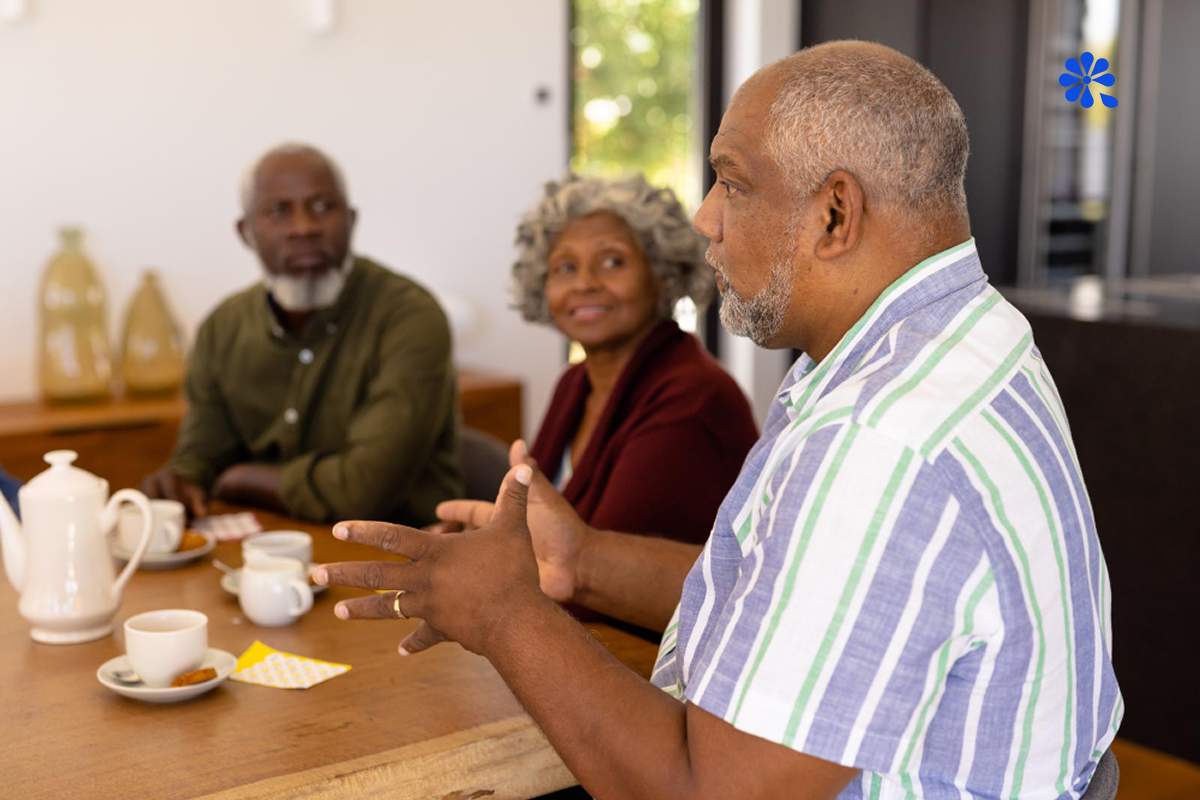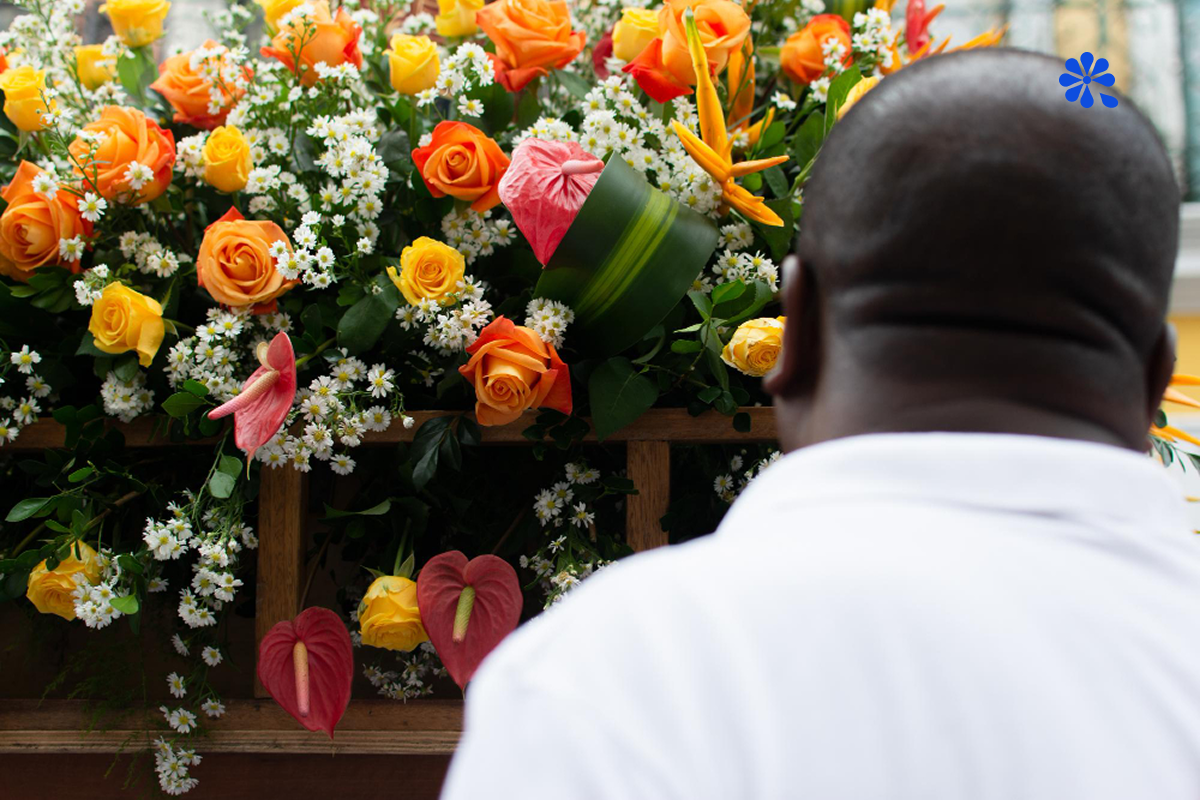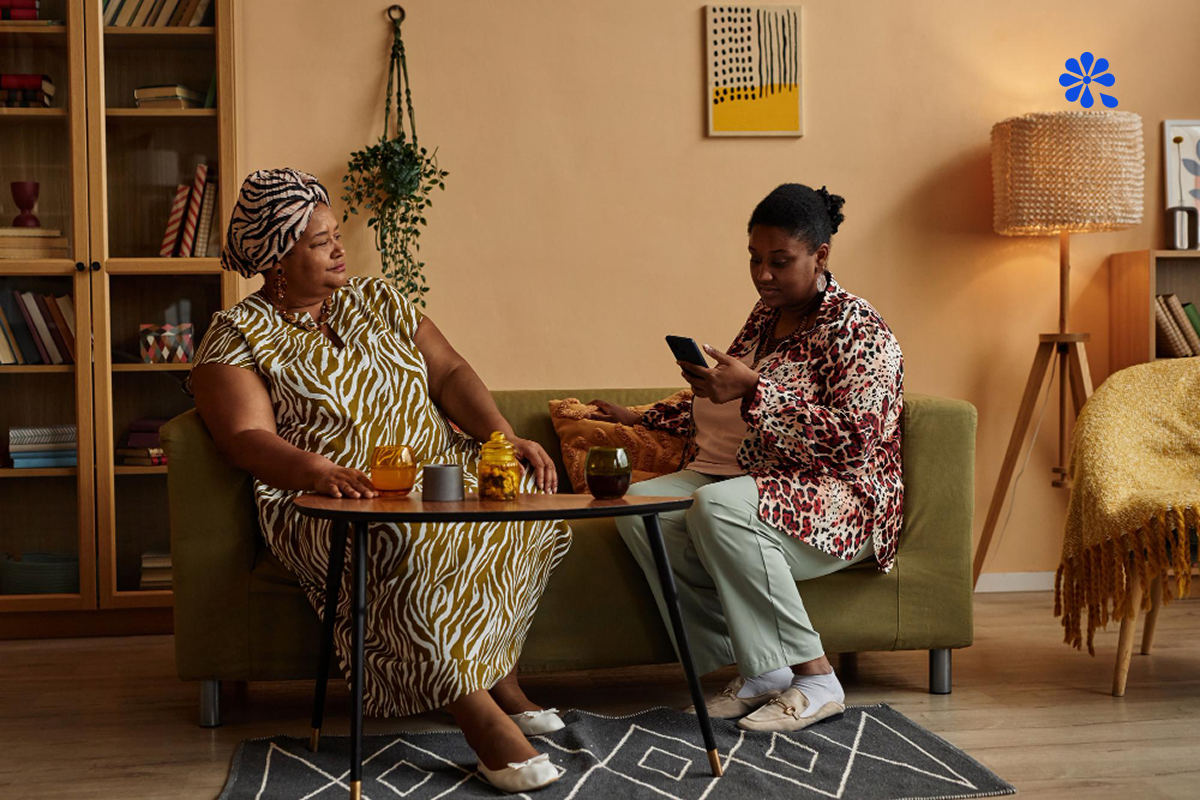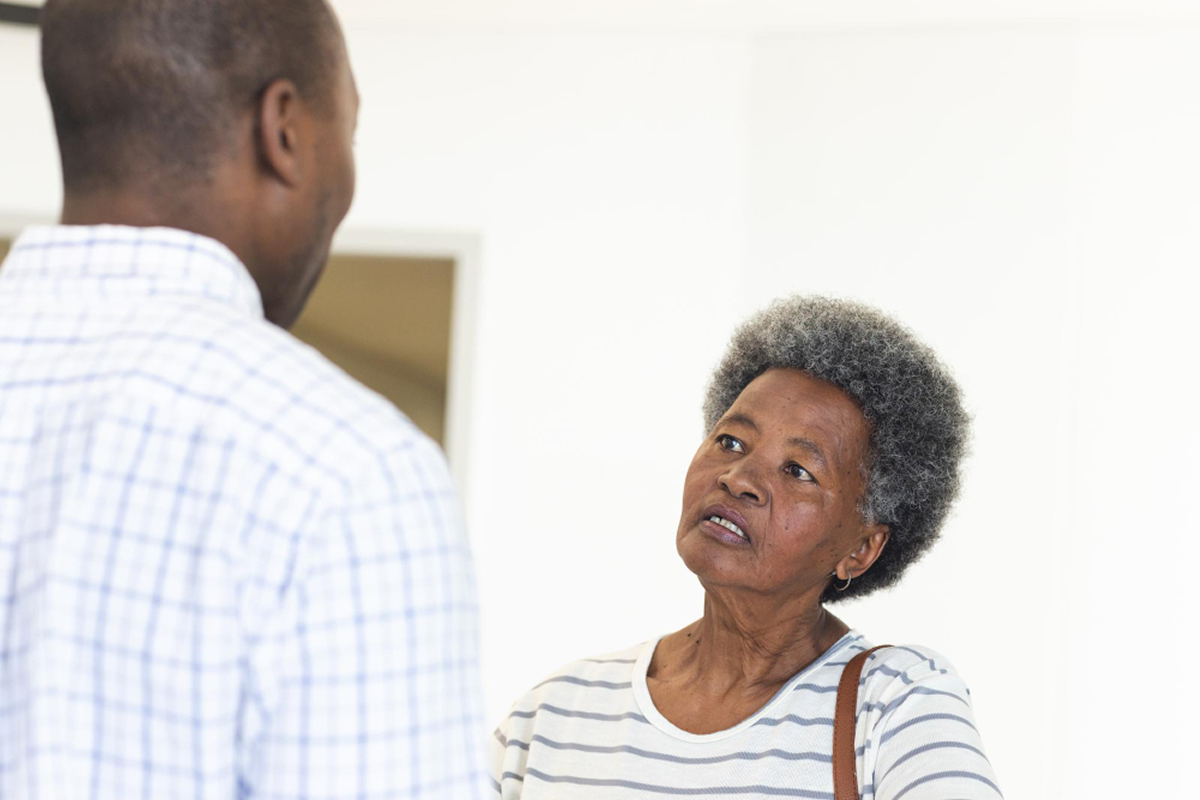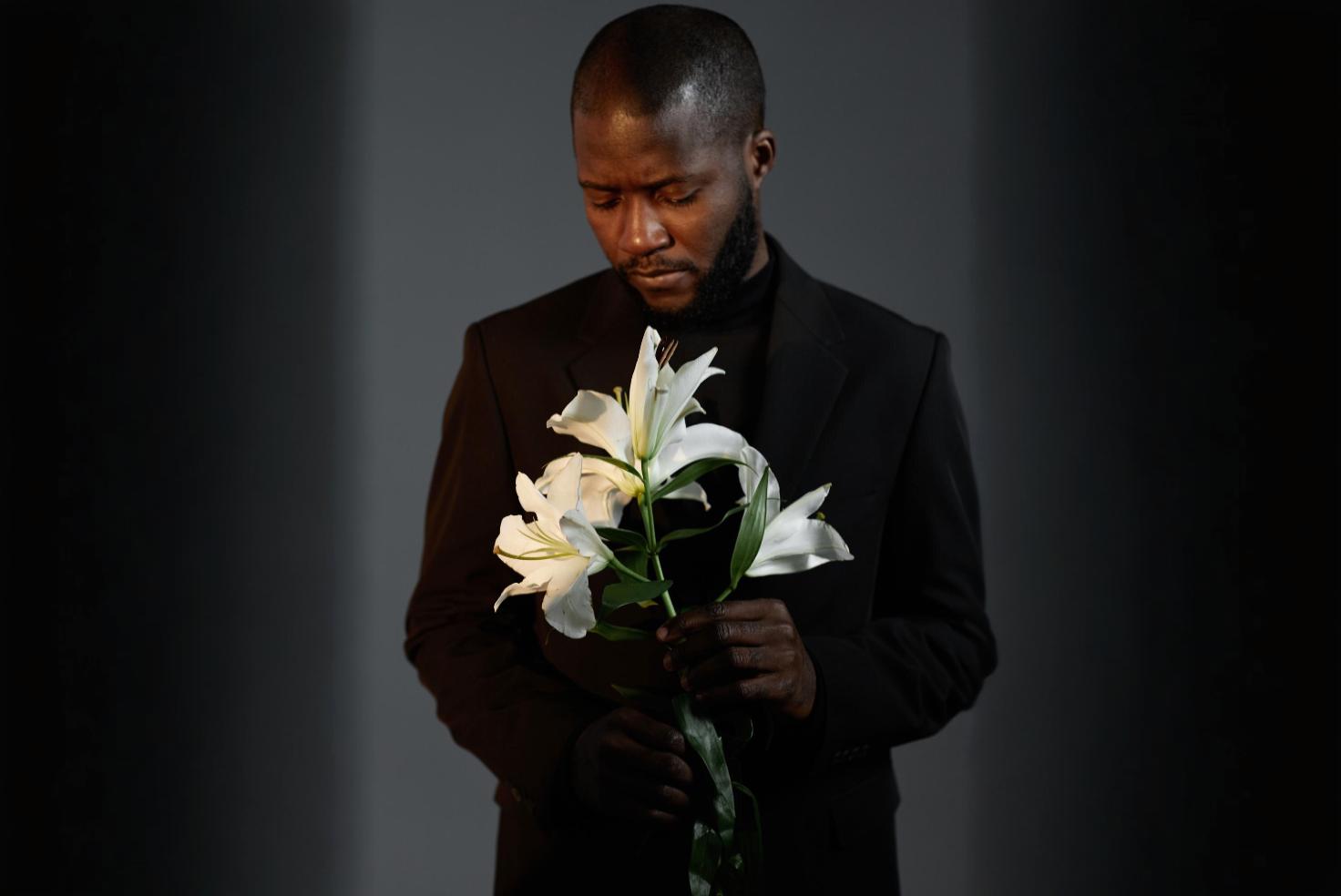Introduction
Grief used to be confined to homes, places of worship, and gravesides. You mourned with neighbours, relatives, and close friends who showed up in person. But today, grief often spills into digital spaces: WhatsApp groups, Facebook timelines, and even TikTok tributes.
For many, this shift is both comforting and confusing. On the one hand, the internet makes it possible to share memories instantly, reach scattered loved ones, and keep the memory of someone alive. On the other, it can feel overwhelming with a flood of condolences, constant notifications, and the awkwardness of grieving publicly.
This article explores how technology has reshaped mourning, the opportunities it offers, and the challenges it brings, especially within Kenyan cultural realities.
At a Glance 🕊️
- ·
Online memorials make grief more visible, but also more public.
- ·
Social media platforms allow instant condolences across distances.
- ·
Digital timelines preserve memories in new, lasting ways.
- ·
Tech reshapes traditions, from online fundraising to live-streamed funerals.
- ·
Navigating grief online requires balance between connection and boundaries.
Why This Matters in Kenya
In Kenya, grief has always been a communal experience. When someone dies, the neighborhood knows, relatives travel, and people show up in numbers with food, support, and presence. But urban migration, busy work schedules, and families spread across continents mean not everyone can physically “be there”.
Technology steps in to bridge the gap. From WhatsApp funeral groups to YouTube livestreams, Kenyans have adapted mourning to the digital age. Yet, this comes with new questions: How much should you share? Is online grief as “real” as in-person grief? And what happens when digital memories live forever, long after traditions would have urged us to “let go”?
1. Online Condolences and Tributes
Grief no longer waits for physical gatherings, it unfolds in real-time online.
- ·
WhatsApp groups as the new notice board: Families quickly set up groups to coordinate logistics, share updates, and collect messages of comfort.
- ·
Facebook timelines as memorial walls: Friends post tributes directly under photos, creating public spaces of mourning.
- ·
Instant outreach: Loved ones abroad can express sympathy without delay, bridging time zones and distance.
Online condolences can feel overwhelming, but they also show how many lives were touched.
2. Digital Memorial Pages
The internet has made remembrance permanent in new ways.
- ·
Dedicated websites and pages: Some families create online memorials where stories, photos, and videos live on.
- ·
Living memory timelines: Instead of a one-time obituary, these spaces grow as people keep adding to them.
- ·
Accessibility: Unlike physical memorials, digital pages are available anytime, anywhere.
💡 Withpema can help families create respectful, lasting digital memorials that feel personal, not generic.
3. Livestreamed Funerals
Once, attending a burial meant being physically present. Today, live-streaming has changed that.
- ·
Inclusivity: Loved ones abroad can attend virtually, ensuring no one misses a farewell.
- ·
Affordability: Families avoid travel costs, while still being part of the experience.
- ·
Cultural adjustment: Some elders may resist the idea of cameras at funerals, while younger generations embrace the inclusivity.
Technology can never replace physical presence, but it ensures absence doesn’t mean silence.
4. Crowdfunding and Support Platforms
Traditionally, families relied on extended kin and neighbors for financial support during funerals. Today, that support is digitized.
- ·
M-Changa and GoFundMe: Platforms make it easier to contribute instantly, even from abroad.
- ·
Transparency: Contributors see progress in real time, reducing suspicion.
- ·
Expanded community: Support is no longer limited to those who can show up physically.
💡 Withpema integrates financial and memorial support, easing the heavy burden families face during these moments.
5. The Permanence of Digital Memories
One of the biggest changes is how the internet preserves grief indefinitely.
- ·
Old posts resurface: Facebook “On This Day” reminders can trigger unexpected emotions years later.
- ·
Public vs. private memory: Families must navigate what should remain online and what should be kept within.
- ·
Healing vs. re-opening wounds: For some, digital permanence is comforting; for others, it prevents closure.
Grief online is forever — the challenge is learning how to carry it, not erase it.
Withpema Insight 🌼
In the past, memory lived in photos tucked in albums and stories told around the fire. Today, memory also lives online — where it can be shared, reshared, and preserved. But digital grief still needs curation, respect, and care. WithPema exists to make this balance easier, creating spaces where memory feels dignified, not overwhelming.
Parting Thought: Carrying Memory in the Digital Age
The internet has not replaced traditional mourning instead it has expanded it. What used to happen in homes and compounds now happens across screens, linking families across Nairobi, Kisumu, London, and beyond.
If you are grieving, know that there is no “right” or “wrong” way to express loss online. Some will find comfort in sharing widely; others will prefer silence. Both are valid.
Lean into the connections technology makes possible, but also give yourself permission to step back when it becomes too much. After all, grief is not about the platform but rather about the love that lives on.






